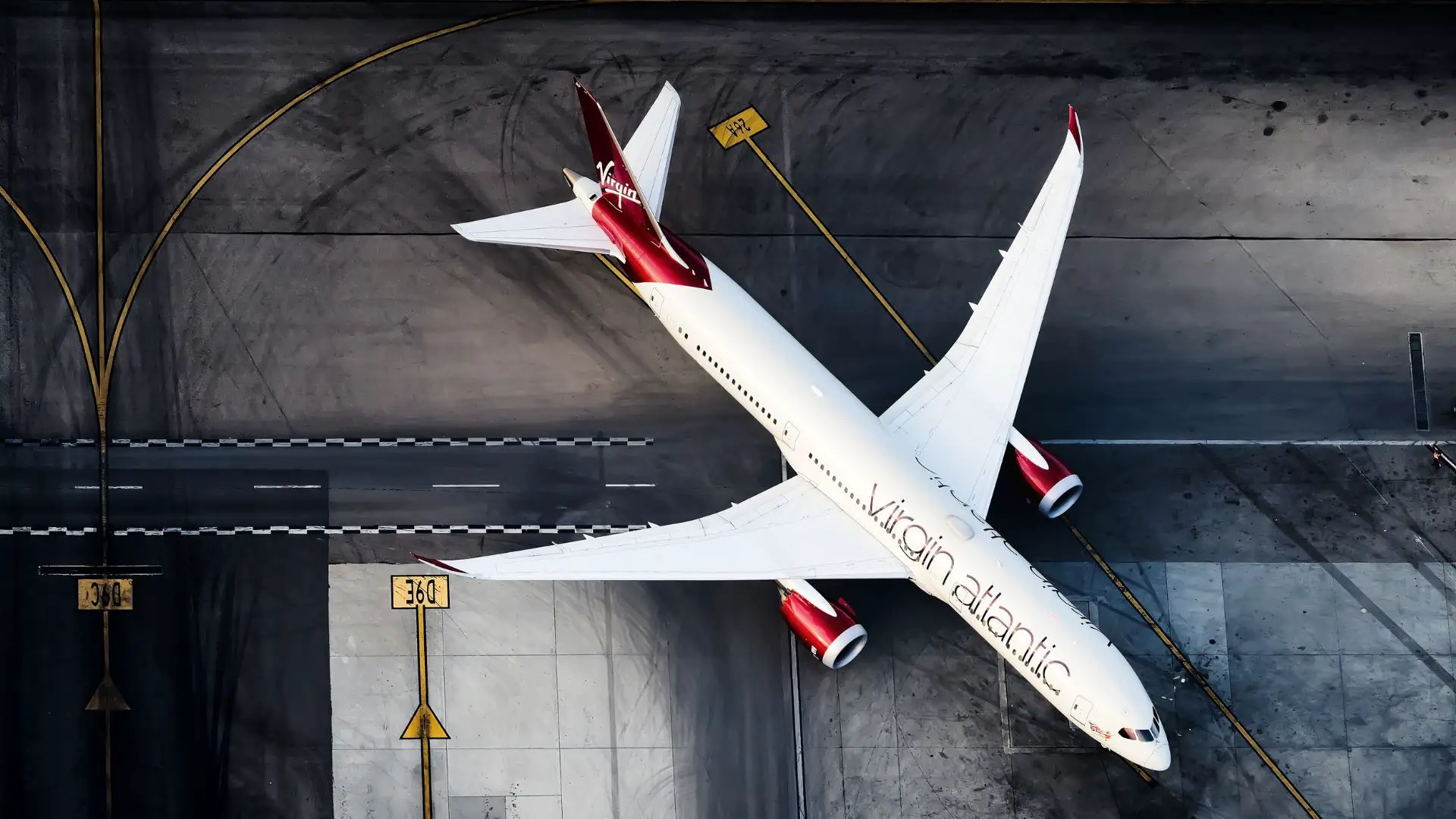Steam turbines convert around 35% of a heat supply to electricity. However, steam turbines are dependent on temperature-limited moving components. Heat sources over 2,000 degrees Celsius would be too hot for turbines. So in recent years, scientists have studied solid-state alternatives — heat engines with no moving parts that may operate effectively at greater temperatures.
The Massachusetts Institute of Technology (MIT) and the National Energy Laboratory (NREL) have lately published details on a new type of heat engine with no moving components. This new type of heat engine is around 40% efficient and might eventually replace traditional steam turbines.
Their finding was published in a journal.
This new engine, known as a thermophotovoltaic (TPV) cell, shares certain properties with normal solar cells, but it generates electricity by capturing high-energy photons from a white-hot source. This revolutionary engine can generate electricity at temperatures ranging from 3,400 to 4,300 degrees Fahrenheit.

The heat engine’s plans include incorporating the cells into a grid-scale thermal battery that could collect surplus heat thermal energy from sources such as the Sun and store it in strongly insulated banks of heated graphite.
Then, when power is required, the TPV cells may turn the heat into electricity and deliver it to the grid to bridge gaps in renewable supply when they cannot fulfill demand.
But, That is for the future. The team has successfully shown the major components of such a system at the moment but on a small scale. They are now connecting all the pieces to demonstrate the actual thing.
Once that is accomplished, they intend to scale up the project with the long-term objective of replacing fossil-fuel-powered power plants.
“Thermophotovoltaic cells were the final crucial step in demonstrating that thermal batteries are a realistic idea,” said Segun Henry, the Robert N. Noyce Career Development Professor in MIT’s Department of Mechanical Engineering. This is a significant step toward expanding renewable energy and achieving a fully decarbonized system.”

TPV cells, like solar cells, might be manufactured of semiconducting materials with a specific bandgap. When the material absorbs a high-energy photon, it can kick an electron across the band gap. Without moving rotors or blades, the electron may conduct and create electricity.
Because they operate at lower temperatures, TPV cells have only reached up to 32% efficiency. This new study aimed to create TOV cells that can catch higher-energy photons from a higher-temperature heat source. Compared to previous TPV designs, the resultant TPV cell uses higher-bandgap materials and many junctions or material layers.
This might be a game changer for the energy business.
Currently, coal and natural gas, as well as certain large-scale renewable sources like nuclear and concentrated solar power, account for the vast majority of global energy output. Steam turbines convert heat into electricity and are the key technology driving these systems.
This has shown to be successful, although technology has changed little in over a century. However, as it turns out, they are inefficient.

Steam turbines can typically convert roughly 35% of the energy given by their heat source into usable power, with some engines capable of providing efficiencies of up to 60%. This is excellent, but steam turbines have one significant flaw: they require moving parts that can fail over time.
Parts must also be able to withstand high temperatures for extended periods. As a result, parts will ultimately wear out.
To tackle this, some researchers, such as those behind the new thermophotovoltaic engine, have looked into solid-state alternatives that might serve as direct replacements for classic steam engines.
“One of the benefits of solid-state energy converters is that they can function at greater temperatures with fewer maintenance costs since they have no moving components,” Henry explained. “They just sit there and reliably create power.”
“In terms of sustainability, there’s obviously a significant net benefit here,” Henry adds. “The technology is safe and ecologically friendly throughout its life cycle, and it has the potential to reduce carbon dioxide emissions from energy production significantly.” In addition, the US Department of Energy helped fund some of this study.

To make their engines more efficient, the team employed “band-edge spectral filtering,” which employs rear-surface reflectors to reject unusable radiation back to the heat emitter.
The researchers expect that their cells can be “integrated into a TPV system for thermal energy grid storage to enable dispatchable renewable energy,” allowing thermal energy grid storage to achieve efficiency and cost levels that would allow the electricity grid to be decarbonized.





